Sensual or even sexual, animal notes have always caused a lot of ink to flow in the history of perfumery. In the 19th century, the smell of certain notes was even compared to the scent of vaginal secretions. Surprise) ? We tell you everything about their history, their ban and the different surprising alternatives that allow us to reproduce them in our perfumes today.
The history and origin of animal raw materials
In perfumery, animal notes are scents that have become essential . These come mainly from animals and are used in very small quantities since they are strong and tenacious. They help to emphasize and reinforce other notes already present in perfumes and are generally present in the base notes .
A very old practice
The use of animal notes in perfumery is far from recent . Their use dates back to ancient times. In Ancient Egypt, these warm and powerful scents were used to embalm the body and communicate with the divine. Almost all perfumes of the time were made with animal notes , prized for the roundness they bring to fragrances and for their role as a fixative.

Certain animal notes such as civet for example were used for curative purposes. Moreover, it even seems that Cleopatra required her fragrances to be made from civet secretions to treat her ailments.
During the Renaissance, we witnessed the rise of animal scents . Firstly for their medicinal virtues but also for a very specific reason. Animal notes become a symbol of bourgeoisie . It is common to see the greatest in this world getting intoxicated with powerful animal odors to show their high social status.
Surprising extractions
In perfumery, 6 animal notes are mainly used to create beautiful fragrances, and you will see, their origin is less glamorous than you think ... Sensitive souls, refrain!
-
Animal musk : animal raw material which in its pure state releases an extremely strong and intense odor with woody, animal or even fecal matter notes! Animal musk is used and adored by perfumers and by many of you. However, its extraction is less of a dream. The musk is found in a pocket under the belly of the male buck: an animal that lives in the mountains of China, Tibet and Tonkin. This gland the size of a small orange is produced during the rutting period. It was the Chinese, during Antiquity, who discovered the power of the olfactory trail of animal musk. They even used it for therapeutic purposes.

Its extraction method is also surprising since it is necessary to slaughter the animal to obtain the odorous substance. When fresh, musk has the consistency of honey and a red-brown color. When it dries, it forms a hard, grainy mass, blackish in color with a very strong but pleasant odor. Moreover, its wake is so strong that according to Jean Chardin, a French writer and traveler of the 16th century, the hunter, to detach a pouch from the animal, wrapped his nose and mouth with a cloth to avoid hemorrhage caused by the violence of the perfume.
-
Beeswax : It’s certainly the softest! Produced within the hive by bees, it allows you to obtain absolute bee breccia. To obtain an even more powerful smell, we collect wax from old hives. Beeswax is often used to provide a natural effect in floral notes, it is also used to create tobacco and dried fruit notes.
-
Hyraceum, which is also called African stone: it actually comes from the purified urine of a South African rodent, the Cape hyrax. We warned you, it's not very charming.
-
Ambergris : This time I promise, it’s less disgusting! Well… whatever. Ambergris comes straight from the sperm whale's intestine! It is an oily and very odorous substance that we pick up on the beaches of the Pacific and Indian Ocean. It brings warm, delicious and even woody notes.

-
And what about castoreum ? Nothing more than an oily secretion produced by certain odorous exocrine glands located in an organ called the cloaca (you can't make this up) of two species of North American beaver. And how is the oily substance extracted from the beaver?
 This small animal reproduces en masse in the United States and Canada, so much so that it is hunted to avoid overpopulation. The bags of the desired substance are taken from him as well as his fur, also very popular. Once again, to collect the castoreum produced by two glands, you must kill the animal...
This small animal reproduces en masse in the United States and Canada, so much so that it is hunted to avoid overpopulation. The bags of the desired substance are taken from him as well as his fur, also very popular. Once again, to collect the castoreum produced by two glands, you must kill the animal...-
The best for last: the civet . This very odorous substance is secreted by the anal glands of the musk cat, also called civet. This substance secreted by a pocket close to the genital glands is recovered by curettage. This is particularly possible thanks to civet farms established in Asian countries.
Are all these animal secretions poured directly into our bottles? Not really. You imagine that a long process is put in place to achieve their olfactory... and visual transformation.
A mandatory laboratory visit
To introduce and transform these ingredients into essences that can be used in the manufacture of perfumes, two key techniques are used:
- By infusion or extraction with volatile solvents . This method consists of dissolving the scent of the animal substance in a solvent which will then be evaporated. This is a method used for odorous substances coming from civets in particular.
- By maceration : simpler than extraction, this method consists of letting the animal raw material macerate in alcohol. This method is used in particular to obtain beeswax absolute.
To become knowledgeable about the different extraction methods, click here .
The controversy surrounding animal raw materials
Do you find the methods of extracting these animal notes not very friendly for our furry and feathered friends? We neither ! Rest assured, this is why their use is now perfectly regulated. If natural animal notes are used less and less in perfumery, it is for three main reasons:
- Because they are rare : in fact, these animal raw materials are often difficult to obtain. If we take the example of ambergris, only 1 to 5% of sperm whales produce it. Its harvest is therefore uncertain and this raw material is used less and less.
- Because they are very expensive : the famous saying “everything that is rare is expensive” is true in the case of animal notes. Be aware that a kilo of animal raw material easily sells for several thousand euros (ambergris can even reach €10,000 per kilo). In a context where brands are seeking to minimize their production costs, it is unlikely that your perfumes will contain natural animal notes.
- Because we must protect animals : as you have understood, the extraction of musk sometimes involves the killing of the animal, and at least its breeding in conditions that are not always very respectful. This is why today, their extraction is highly regulated by legislation. CITES (Convention on International Trade in Endangered Species of Wild Fauna and Flora) protects the musk deer, for example, by limiting its hunting. Furthermore, strong pressure from environmental movements also leads to the banning of some of these natural animal raw materials. We are thinking in particular of civet farms which are now banned, thus no longer allowing the use of natural civet in perfumes. This note was, however, often used - it was found for example in the prestigious and well-known Chanel No. 5! The brand therefore had to adapt to reformulate its fragrance by finding other alternatives.

Although controlled and for some even completely prohibited, some brands - like Bastille - still mention the use of notes such as amber or musk in the list of ingredients of their fragrances. So, what are we talking about in this case?
Alternatives to animal notes: synthetic and natural
At a time when we are particularly concerned about animal welfare and where our olfactory sense can hardly do without such beautiful notes, perfumers have sought and imagined solutions.
To recreate these sensual and enveloping notes , they used... chemistry ! Thanks to reproduction techniques that you will find here , we can use four types of synthetic musks, which have in common with natural musks to act as a fixative in perfumes and to provide sensual base notes . On the other hand, you will see that they do not really feel the same thing:
- Nitro musks : discovered at the end of the 19th century, they bring a powdery touch to fragrances. Much cheaper than musk of animal origin, the discovery of these artificial musks revolutionized the world of perfumery, until they were banned in the 1980s. The reasons? Their toxicity, their stability, safety and photosensitization problems... It was a bit too much, we grant you.
- Polycyclic musks : banned at Bastille! Discovered in the 1950s, these musks are much more stable than the previous ones, cling well to fabrics and also have the advantage of being quite cheap (only a few tens of euros per kilo). This category of musks also marks a turning point: while their smell was originally powerful and animal, the new musks now smell clean . Unfortunately, these musks are not biodegradable. So, none of that with us!
- Macrocyclic musks : the most used today in perfumery. In terms of biodegradability, these new musks no longer pose a problem. On the other hand, they are significantly more expensive per kilo. They can in particular come from ambrette seeds or angelica juice and bring a fruity side and a clean smell to the fragrances.
- Linear or alicyclic musks : new generation musks. They bring a cocooning side, between linen and cotton, to the fragrances.
But there are also alternatives in terms of ingredients of natural origin . Certain plants allow us to recreate the power and animality of these wild notes: all this is made possible thanks to the remarkable work of our perfumers.
Certain plants thus present themselves as completely vegan alternatives to animal raw materials, such as leek whose odor is close to that of ambergris, or even cauliflower whose facets reveal themselves to be musky and powerful.
You will have understood: today, science and plant-based alternatives have taken over. No need to bother our animal friends anymore to smell good. Ingredients of animal origin hardly exist anymore - there is still beeswax, and ambergris which does not involve animal suffering - since their use is now highly regulated or even banned. Even if in certain regions of the world, less strict than Europe in terms of regulations, perfume brands still use these prohibited notes...
 On the Bastille side, don't worry: our perfumes are vegan and cruelty-free , which means that none of our ingredients are of animal origin, and that none of our ingredients have been tested on animals. Moreover, if you appreciate musks, you can discover a superb musky perfume in our collection: Demain Promis, an enveloping fragrance which has a cocooning effect and that comforting sensation of fresh sheets. Its main ingredients are lavender, sage, sandalwood, and beautiful musks like ambroxan, cahsmeran, and helvetolide. Ready to succumb?
On the Bastille side, don't worry: our perfumes are vegan and cruelty-free , which means that none of our ingredients are of animal origin, and that none of our ingredients have been tested on animals. Moreover, if you appreciate musks, you can discover a superb musky perfume in our collection: Demain Promis, an enveloping fragrance which has a cocooning effect and that comforting sensation of fresh sheets. Its main ingredients are lavender, sage, sandalwood, and beautiful musks like ambroxan, cahsmeran, and helvetolide. Ready to succumb?
--------
Photos: Pexels, Unknown and Nick Prideaux
Sources: The Great History of Perfume by Élisabeth de Feydeau, AuParfum, Le Parisien







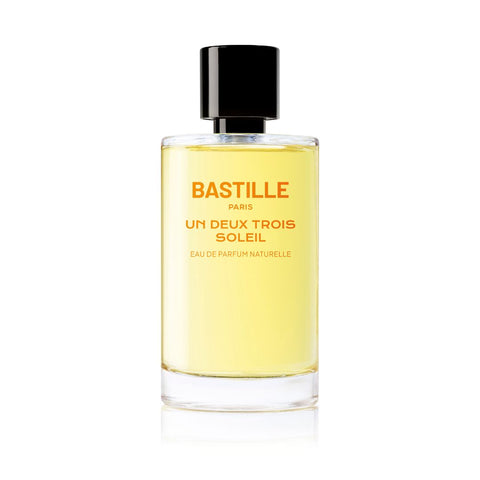
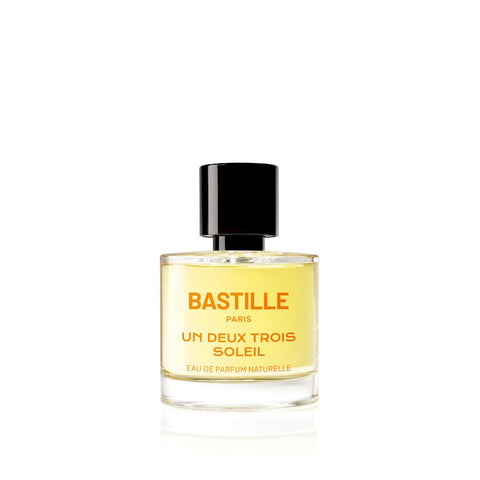

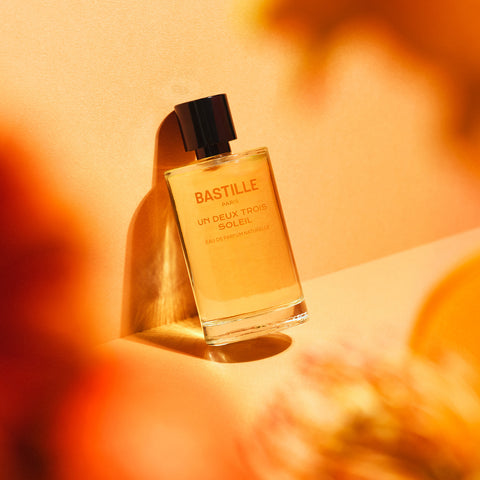
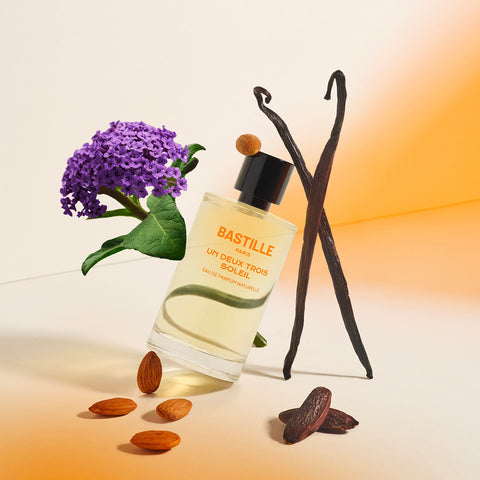
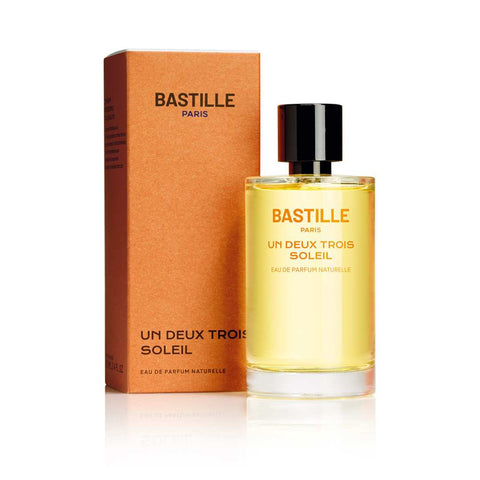
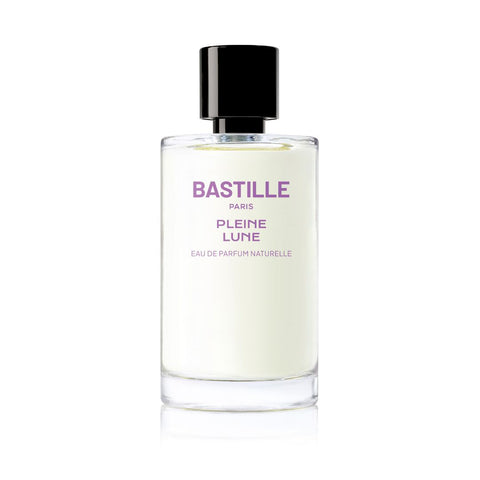
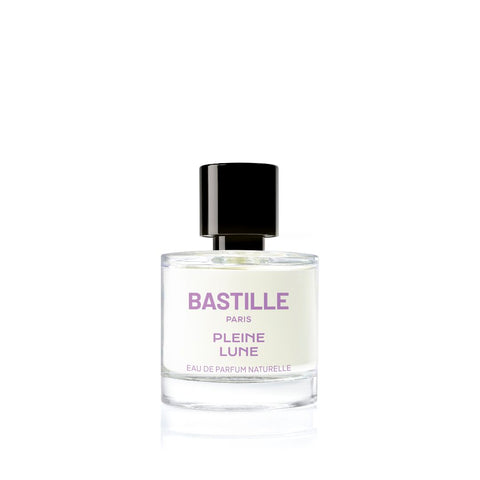
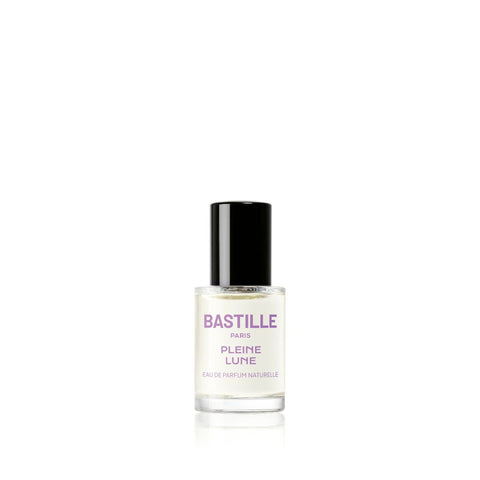
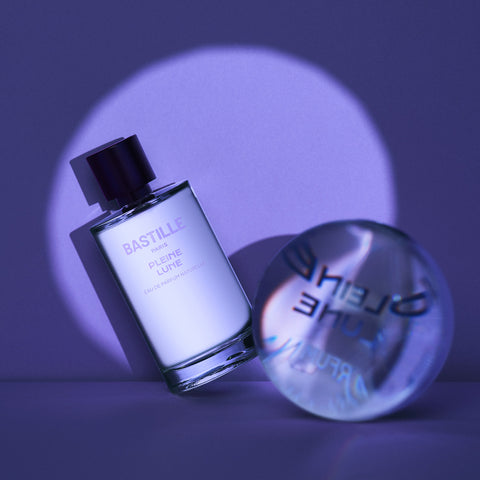
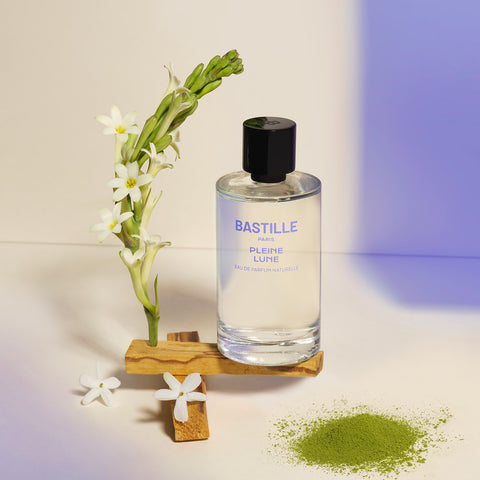
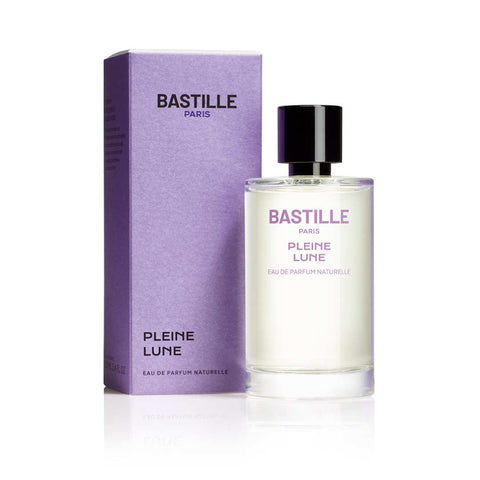
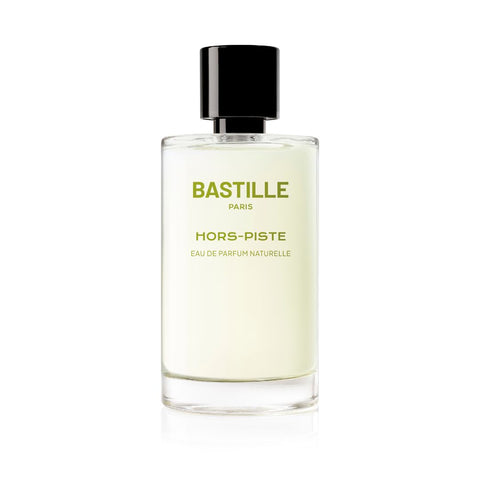
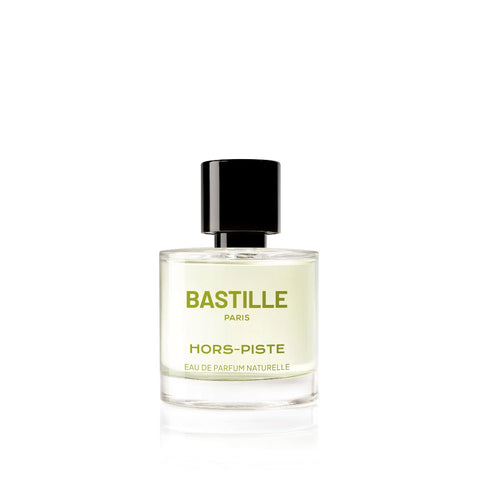

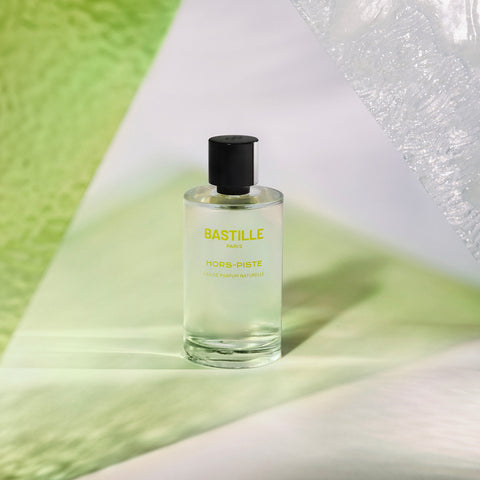

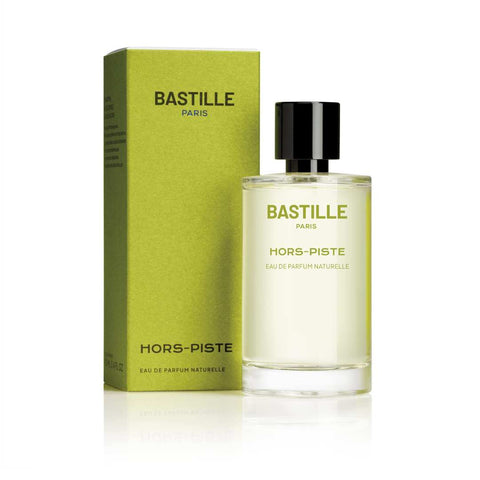

Comments (2)
Avevo assolutamente bisogno di un chiarimento su questo tema…che è arrivato!!
Grazie
I Love this Extraordinary information